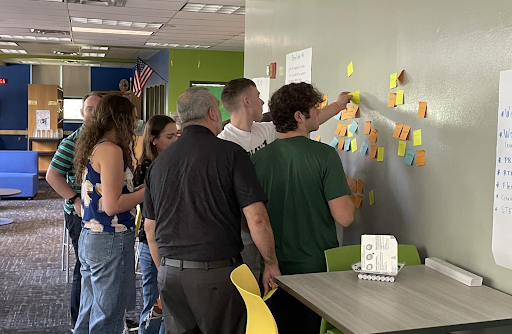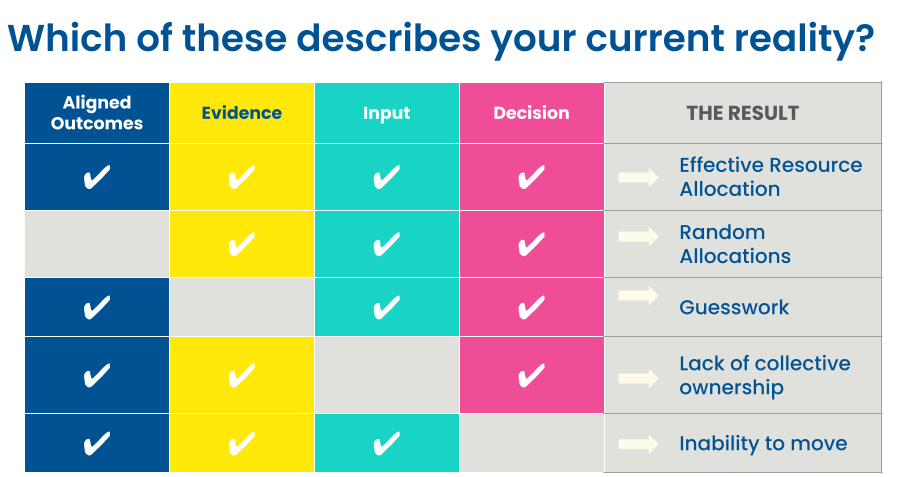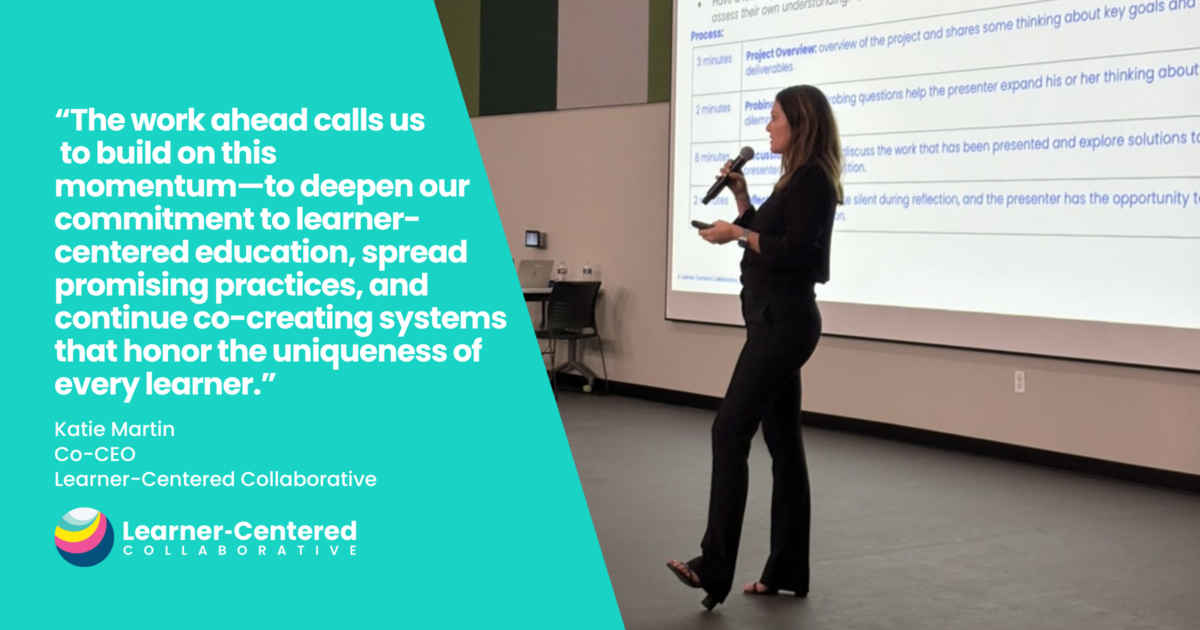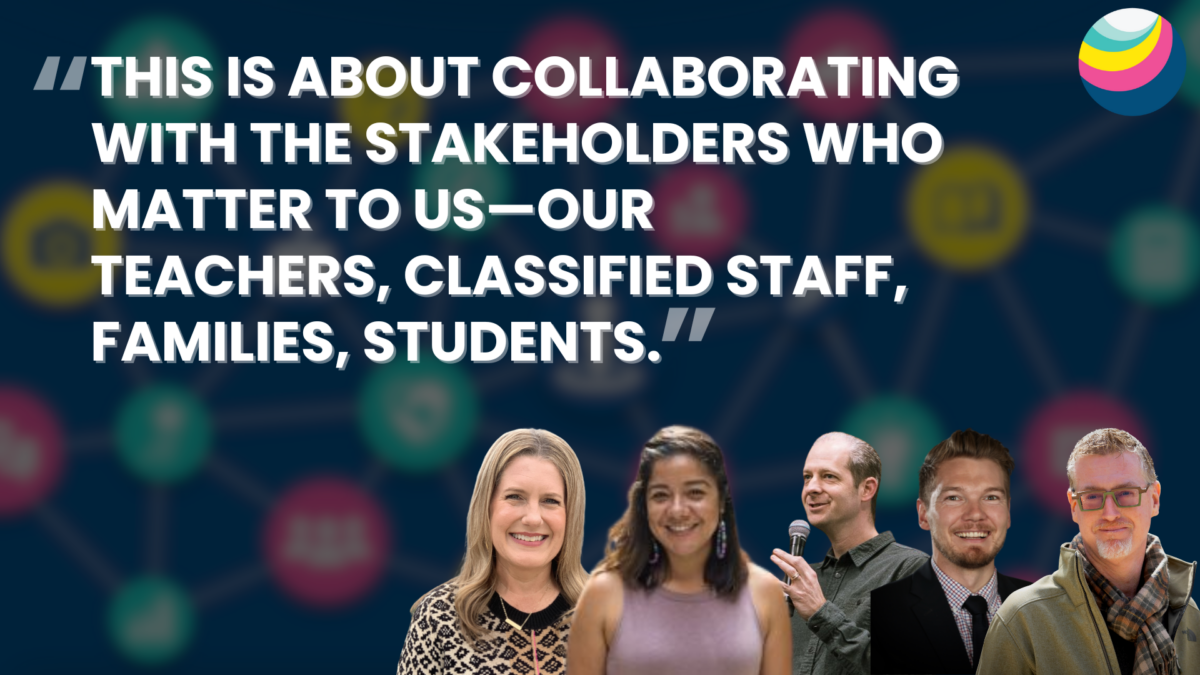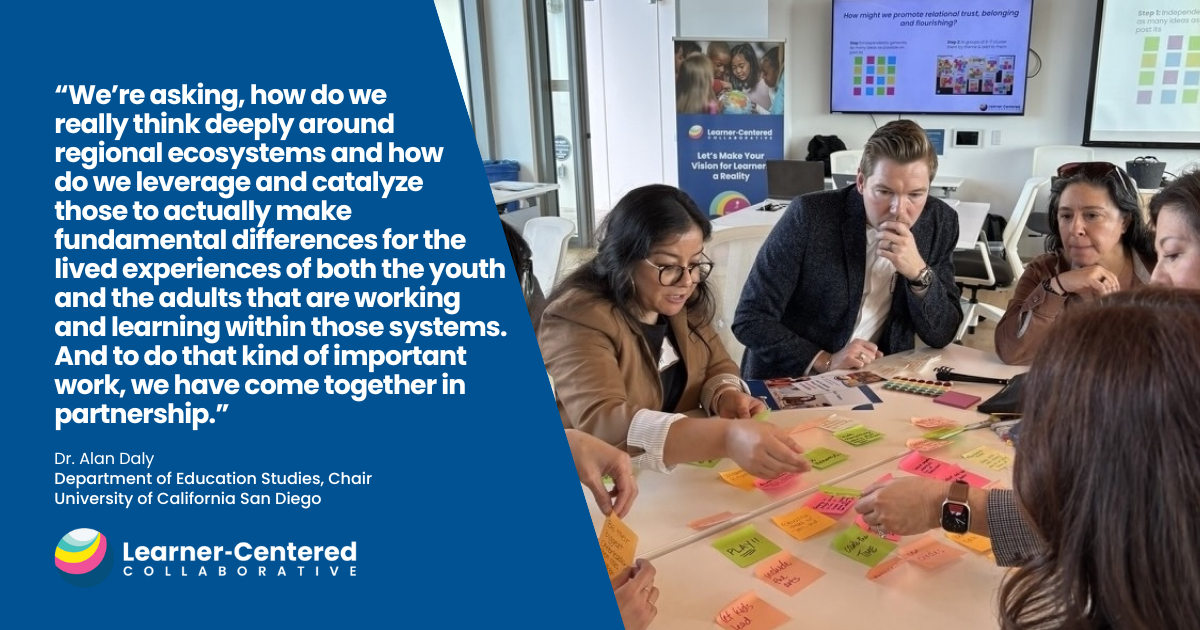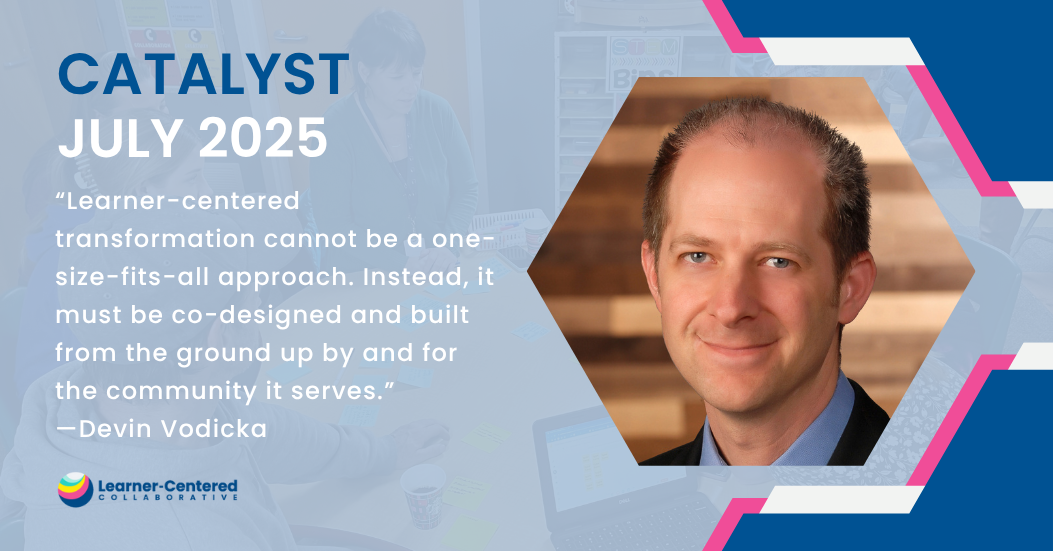4 Ways to Increase Inclusion and Engagement When Allocating Resources
Myron Rogers’ quote “the process you use determines the future you get” holds particular relevance for school administrators responsible for resource allocation. The process used to allocate resources can have a significant impact on the future of education and student outcomes. By prioritizing inclusion and engagement in the resource allocation process, school administrators can create a more equitable and effective learning environment. The four-step, learner-centered approach to resource allocation outlined in this blog post can help school administrators ensure that their process is aligned with their vision for the future of education.
Quick check:
Setting the Foundation
The following principles are foundational to a successful resource allocation process.
Incorporating student voice
Incorporating student voice as a key driver in the resource allocation process is a critical aspect of learner-centered education. By prioritizing the perspectives and needs of students, school administrators can create a more inclusive and engaging learning environment that responds to the unique challenges and opportunities faced by learners. By actively seeking out and listening to the feedback of students, school administrators can gain valuable insights that inform resource allocation decisions that align with the vision of learner-centered education. When students are involved in decision-making processes that directly impact their education, they develop a sense of agency and ownership over their learning experiences. By fostering a culture of open communication and collaboration, school administrators can demonstrate their commitment to prioritizing the voices of learners and build trust with students, which creates a more meaningful and engaging learning environment.
Access 4 strategies for gathering student input and examples of what it looks like in action with partner districts.
Transparent Decision Making
Communicating decisions transparently and effectively is essential to building trust and promoting student agency in the resource allocation process. By communicating decisions transparently, school administrators can provide students and learning community members with a clear understanding of how resources are being allocated and how these decisions align with the school’s vision and goals.
Gain more strategies for engaging stakeholders. Watch Flex This Superpower: A Learner-Centered Approach to Engaging Stakeholders
Improved academic performance and skills development are essential outcomes that can result from an inclusive and engaging resource allocation process. When resource allocation decisions are aligned with desired outcomes, informed by evidence, and stakeholder input, it can lead to the prioritization of resources that have the most significant impact on success.
The 4-Step Approach
To achieve these outcomes, school administrators can adopt a four-step approach to inclusive and engaging resource allocation.
1. Align resource allocation decisions with desired outcomes by clarifying goals and priorities.
This step ensures that schools are directing resources towards activities that have the greatest potential to improve academic performance and skills development.
2. Review evidence by evaluating past resource allocation decisions and gathering data and research to inform future decisions.
This step provides school administrators with valuable insights that can help them make informed decisions.
3. Ensure that input from all stakeholders is elevated and incorporated into decisions.
This step fosters a culture of open communication and collaboration and ensures that all voices are heard in the resource allocation process. By engaging stakeholders, school administrators can gain valuable insights into the unique needs and challenges faced by learners, which can inform more effective resource allocation decisions.
Download 10 questions to ask learners when leading learner-centered change.
4. Provide clarity in the decision-making process by communicating decisions transparently and effectively.
By doing so, school administrators can build trust and confidence in the resource allocation process and create a more inclusive and engaging learning environment for all learners.
Overcoming Barriers to Implementation
Although there are challenges and barriers to promoting inclusion and engagement in the resource allocation process, it is essential to remain optimistic about the potential for positive change. Overcoming traditional mindsets and practices is possible with a commitment to collaborative decision-making and open communication. Navigating bureaucracy and policy constraints can also be challenging, but school administrators can work with policymakers and other stakeholders to advocate for policies and funding that prioritize learner-centered approaches to resource allocation.
An open and transparent process of resource allocation has the additional benefit of building mindsets for continuous improvement among all stakeholders. When school administrators involve stakeholders in the decision-making process and communicate decisions transparently, it creates opportunities for ongoing feedback and evaluation. This approach fosters a culture of continuous improvement, where all stakeholders are invested in the success of the education system and actively seek out ways to improve it.
To ensure successful implementation of the four-step approach, educators and stakeholders can use the following checklist:
Are your outcomes aligned with your vision?
Are you reviewing and analyzing evidence?
Do you have meaningful input from all stakeholders (especially students)?
Are you making decisions based on the informed input from stakeholders?
By using this checklist, school administrators can evaluate the effectiveness of their resource allocation decisions and ensure that they are aligned with their vision for the future of education.
Ultimately, promoting inclusion and engagement in the resource allocation process is critical to creating a more equitable, effective, and learner-centered education system, which can lead to improved learning outcomes and a brighter future for all learners. By adopting the four-step approach outlined in this blog post, school administrators can ensure that resource allocation decisions embody a process that helps to determine the future we want to see. It is essential for educators and stakeholders to embrace and lead the shift toward a more inclusive and engaging resource allocation process that prioritizes student engagement and promotes a culture of continuous improvement.
A learner-centered approach to resource allocation is just one of the key enabling conditions of learner-centered education. Explore them all in our Framework and get in touch if you’d like to discuss where to start in the context of your district’s learner-centered journey.
